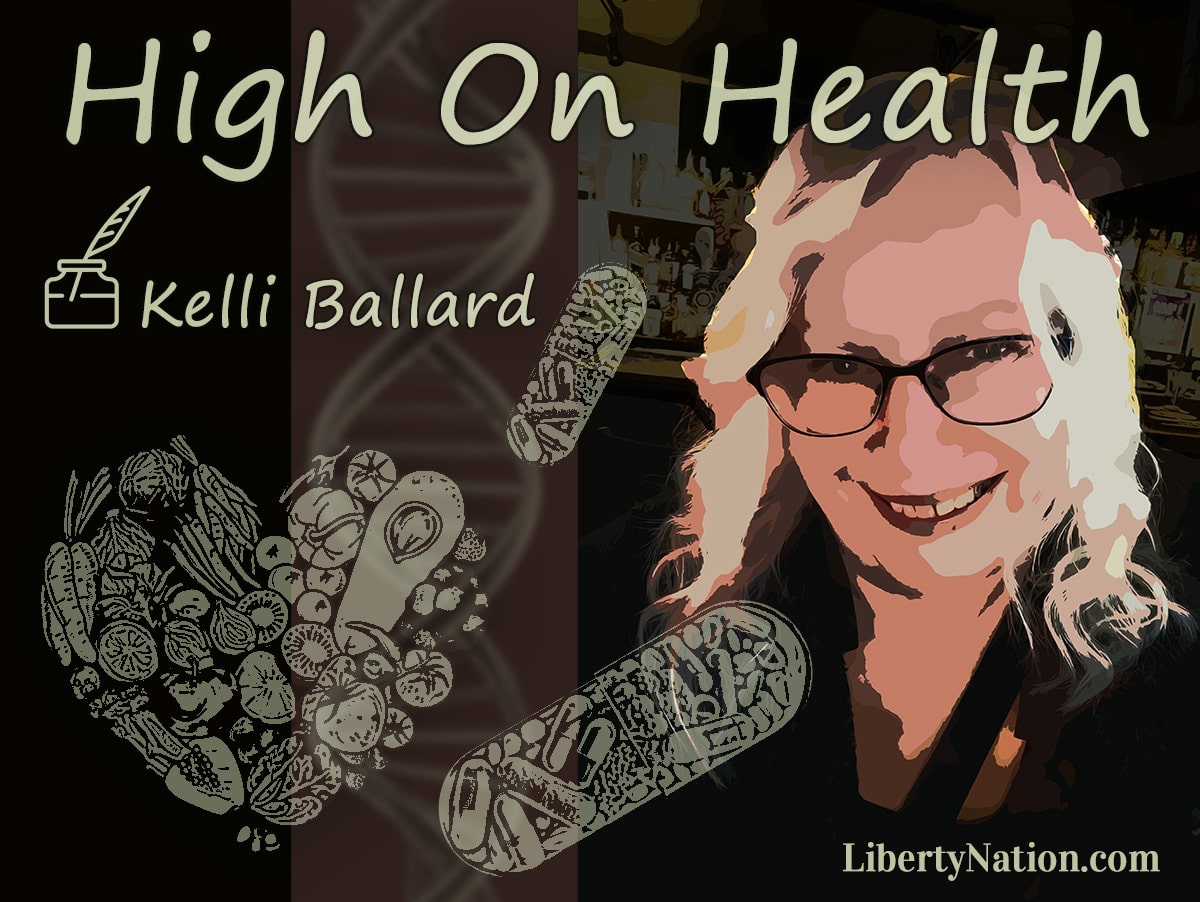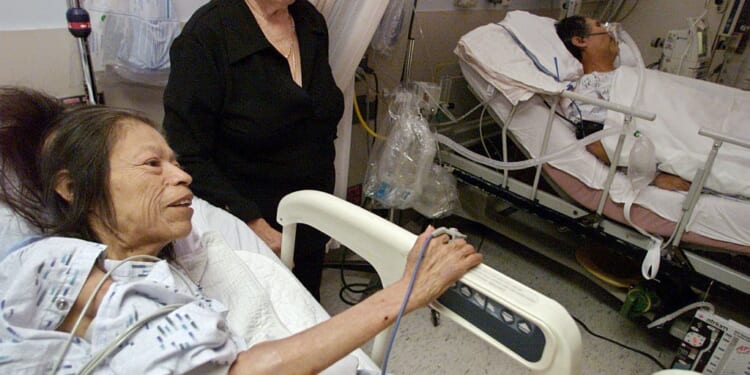Misguided myths put lives in danger.
Every 40 seconds in the US, someone has a stroke. According to the Centers for Disease Control and Prevention (CDC), an estimated 190,000 people die from strokes every year – that’s one every three minutes or so on average! Knowing what signs to look for and understanding what to do can make a difference in severity, treatment, and after-effects. Unfortunately, there are some misconceptions that can delay care, impair recovery, or even worsen outcomes.
Just the Facts
In short, a stroke is typically caused by one of two things: a blocked artery in the brain (ischemic stroke) or leaking or bursting blood vessels (hemorrhagic stroke). Both of these usually come with lasting complications such as paralysis. There is something like a third type, according to the Mayo Clinic. A transient ischemic attack, or TIA, is a temporary episode of some of the same types of symptoms as a stroke; however, these don’t cause permanent damage. TIAs are caused by a decrease in blood supply to the brain that could last as little as five minutes. These are also sometimes referred to as a ministroke.
 The Risk Factor
The Risk Factor
There are several factors that increase the risk of having a stroke. Some of them include being overweight or obese, heavy drinking or smoking, use of drugs such as cocaine and methamphetamine, high blood pressure or cholesterol, diabetes, sleep apnea, cardiovascular disease, family history, gender, and age.
According to the CDC, “Stroke is a leading cause of death among men. Stroke is also a leading cause of long-term disability, and men under age 44 are hospitalized for certain types of stroke at a higher rate than women in the same age group.” Still, “Because women generally live longer than men, more women have strokes over their lifetimes.” About one-in-five women between 55 and 75 will have a stroke, according to the medical site.
Stroke Myths
Are strokes inherited? There’s a myth that the disease isn’t related to family history, but while the stroke is not always directly inherited, genetic factors can influence predisposition. For example, hypertension and high cholesterol are risk factors. Plus, families often share lifestyle habits as well as genes.
While strokes are associated with older adults, it is a misconception that the disease only strikes the elderly. Nearly 8% of adults 65 and older self-report a stroke compared to just 0.9% of those between the ages of 18 and 44. However, the latter age group has seen an increase in strokes by 14.6% as of 2022.
One of the biggest misunderstood ideas about people having a stroke is that the symptoms are always dramatic. But not everyone will have seizure-like symptoms, grab their arm in pain, or have an intense headache. Some of the signs may not even register as a warning to a lot of people, such as blurry vision in one eye, forgetting what you’re doing, or tingling in the extremities. Some might experience dizziness or nausea. These aren’t normally alarming to older people because these types of symptoms can be a regular occurrence as we age, and they can be over quite quickly, lasting as little as five minutes. But they are warning signs and doctors urge not to ignore them. They can actually indicate a ministroke is happening.
Along those lines, people may think these symptoms are harmless and don’t need emergency medical attention. However, TIA is a serious warning signal and could indicate a full stroke may follow. Another myth is that if these symptoms go away on their own, there’s no cause for concern. That, too, is not the case. Damage to the brain could have happened and without proper care, the risk of another stroke or worsening damage could occur.
When it comes to your health, it’s important to know the dangers, the symptoms, and debunking myths that could cause even more harm. One acronym to keep in mind is FAST: face drooping, arm weakness, speech problems, time to call 911.
Liberty Nation does not endorse candidates, campaigns, or legislation, and this presentation is no endorsement.

















